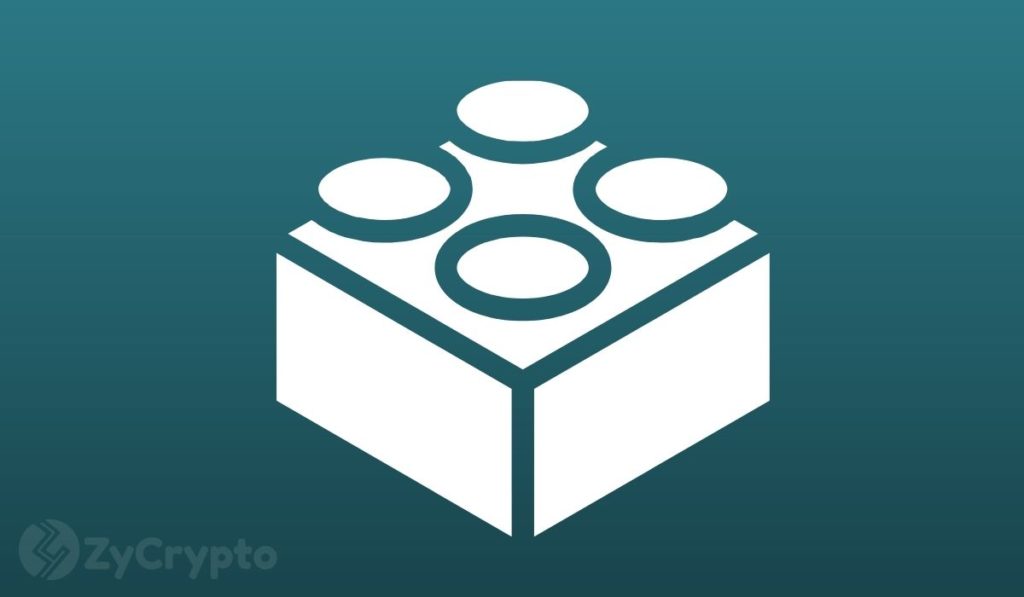
2021-6-28 20:20 |
Central bank digital currencies (CBDCs) have little structural benefits to draw from decentralized features of blockchain technology, according to the chief economist at Swiss National Bank Carlos Lenz.
Lenz said that blockchain happens to be very inefficient, which nullifies decentralization in CBDCs as an ideal solution. Apart from blockchain technology, he said that there are technological possibilities that Switzerland could consider for its CBDC, due to its “inefficiency.”
“One could imagine a direct account with the National Bank, not that we want to do that, but that would be the simplest form. Or you can rely on completely decentralized solutions on a blockchain where there is no central authority. However, blockchain is very inefficient. I don’t think a decentralized solution is ideal.”
Additionally, the Swiss Central Bank is confident that the franc is in no danger whatsoever of being replaced by other currencies such as the EURO, if Switzerland prefers not to develop a CBDC.
“We had such discussions when the euro was introduced. There was also fear that the payments would suddenly be made in euros. But that did not happen.”
Swiss National Bank: No Plans for a Digital FrancAlthough the Swiss National Bank (SNB) is currently researching a digital franc, Lenz said that there are no near future plans to introduce one in the country, since the current payment systems works well and therefore no need for a digital franc.
“There are currently no plans to introduce digital central bank money. This also applies to the wholesale area.”
On June 10 2021, the SNB, and the Bank of France teamed up with the Bank for International Settlements Innovation Hub to create a cross-border wholesale CBDC system dubbed Project Jura.
“The experiment will involve two wholesale CBDC and a French digital financial instrument on a DLT platform.”
According to the announcement, the project is strictly a curiosity experiment and investigation that should not be misinterpreted as a guarantee of CBDC development by any of the central banks.
“It is of exploratory nature and should now be interpreted as an indication that the Banque de France of the Swiss National Bank plans to issue wholesale CBDC.”
The SNB is also involved in another project , Project Helvetia, which investigates the settlement of tokenized assets with wholesale CBDC, and views Project Jura as an extension of its growing interest in new technology.
“It is essential for central banks to stay on top of technological developments.”
Interest in CBDCs Continues to GrowEthereum’s Blockchain software engineering company ConsenSys defines a central bank digital currency as a digital asset that is based on a digital ledger, backed by and controlled by a central bank. According to ConsenSys, over 70% of both private and state-owned institutions are actively researching and developing proof of concepts for CBDCs.
So far, China’s CBDC is the most advanced and practical-level CBDC. It is based on DLT and has little or nothing to do with the concept of decentralization, which is the core of blockchain technology.
Analysts have argued that the success of China’s DCEP digital currency electronic payment could be a baseline for other central banks which are looking to develop their own CBDS, without losing full control of their state currencies.
origin »Time New Bank (TNB) на Currencies.ru
|
|


















